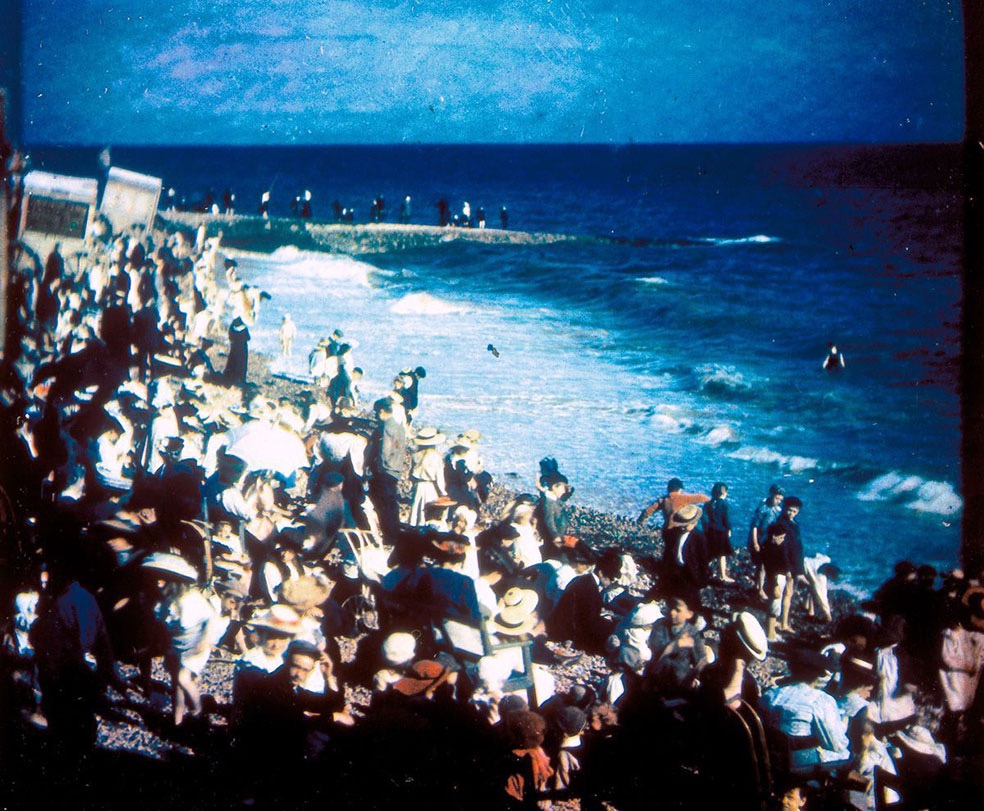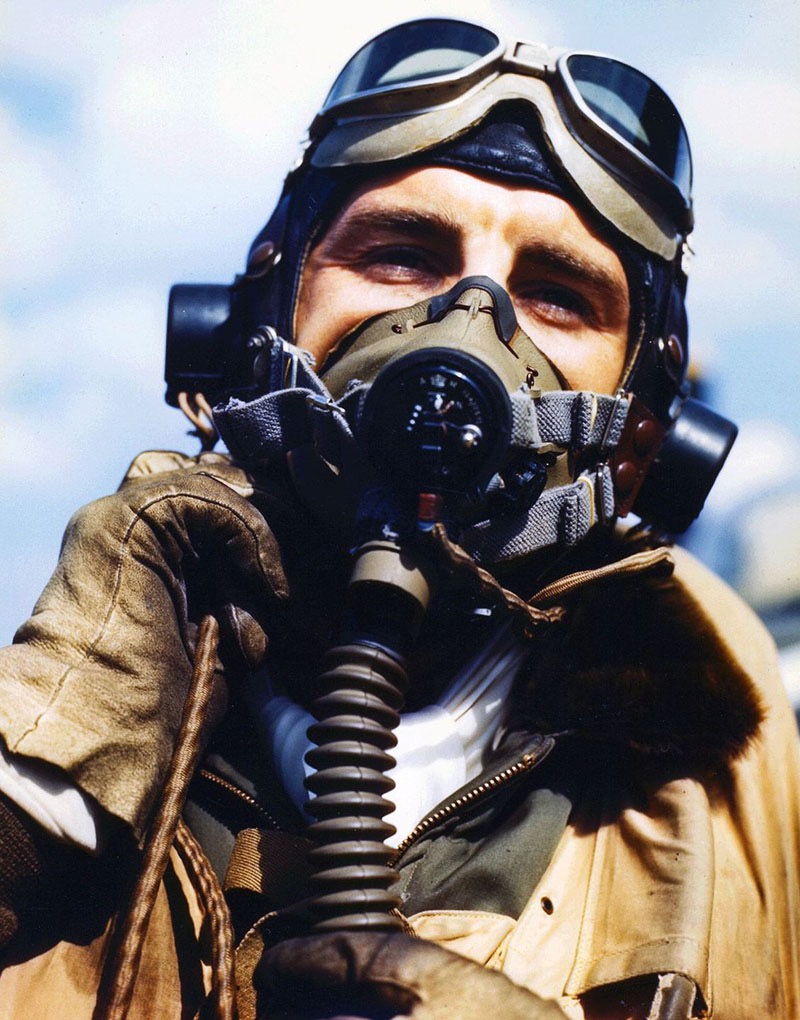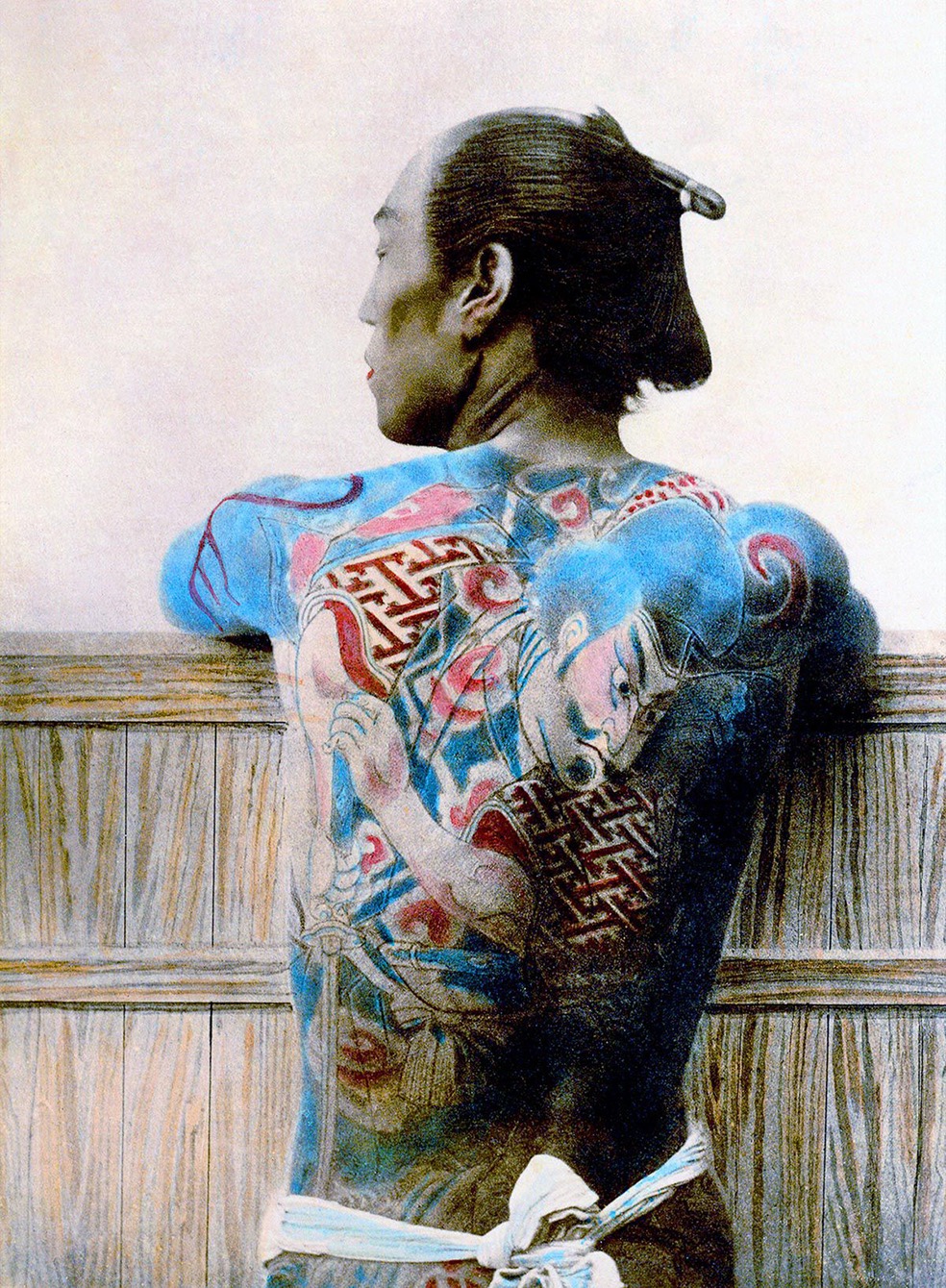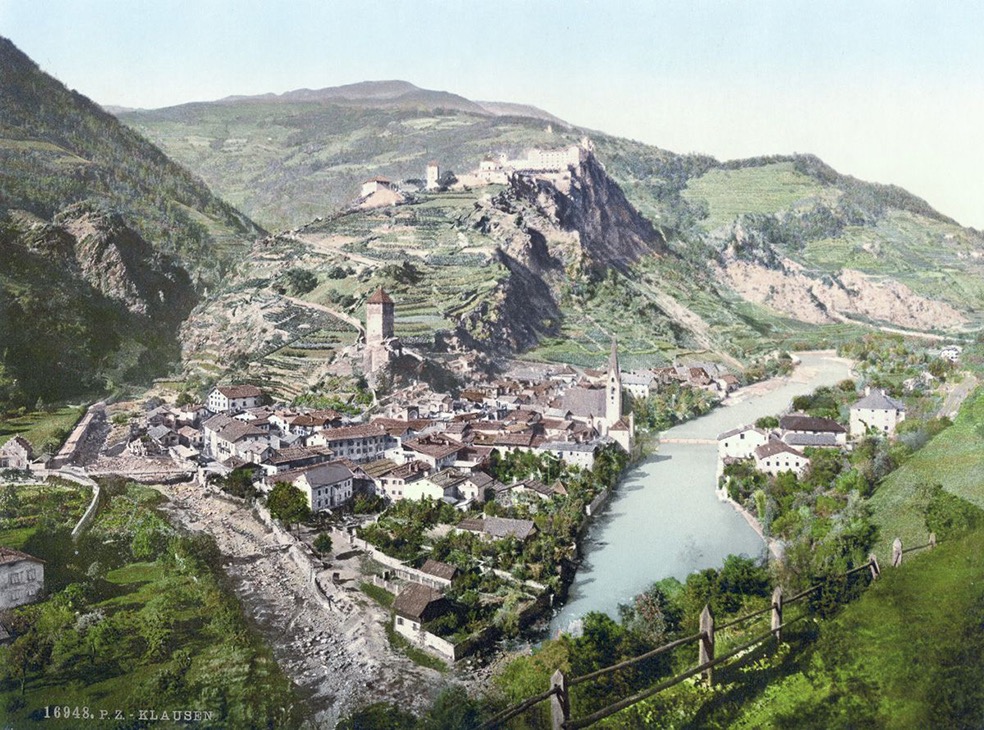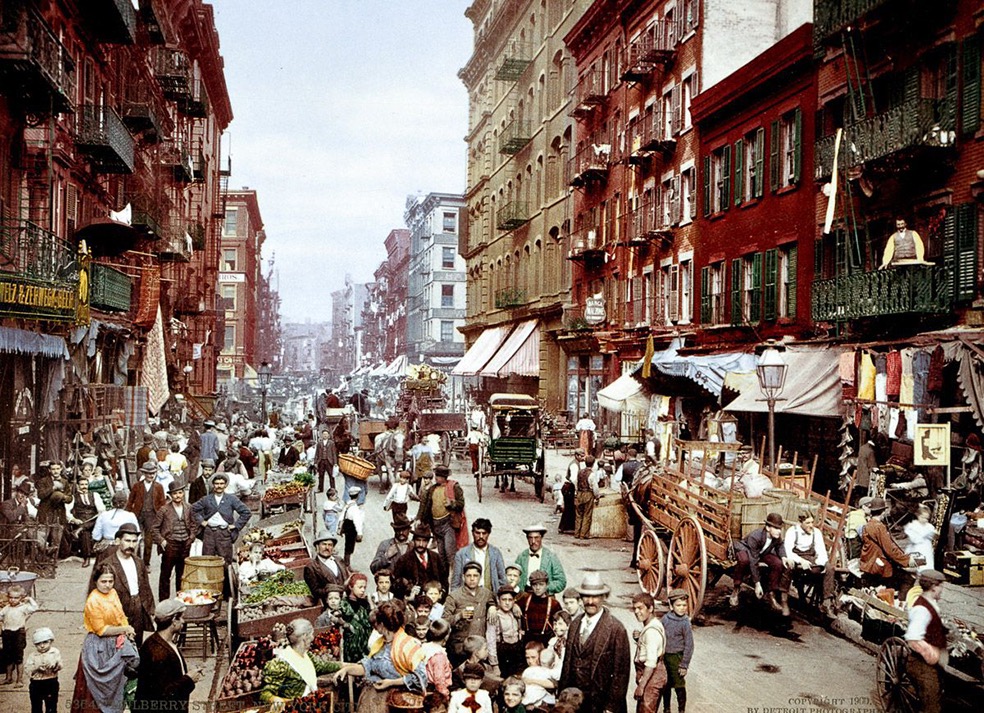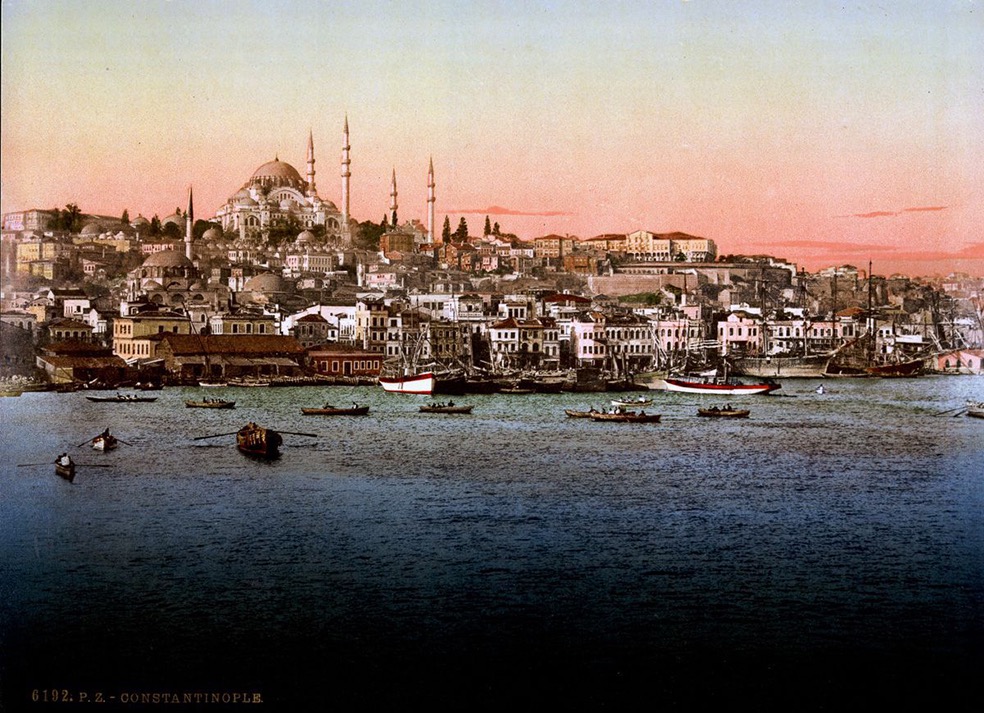Late in the 19th century, Paris hosted two major international expositions: the 1889 Universal Exposition, was held to mark the centennial of the French Revolution and featured the new Eiffel Tower; and the 1900 Universal Exposition, which gave Paris the Pont Alexandre III, the Grand Palais, the Petit Palais and...
Apollo 1 Mission (1966-1967)
Apollo 1, initially designated AS-204, was the first manned mission of the United States Apollo program, which had as its ultimate goal a manned lunar landing.[1] The low Earth orbital test of the Apollo Command/Service Module never made its target launch date of February 21, 1967. A cabin fire during...
Otto Pfenninger’s Early Color Photos (1906)
Otto Pfenninger (5 April 1855 – 20 March 1929) was a founding member of the Swiss Photographers Association (1886) and a pioneer of colour photography. He moved to Brighton, England where he developed his career as a photographer. In 1906, Pfenninger built a special camera to his own design using...
Color portraits from the period of the Second World War (1940-1944)
World War II (often abbreviated to WWII or WW2), also known as the Second World War, was a global war that lasted from 1939 to 1945, although related conflicts began earlier. It involved the vast majority of the world's countries—including all of the great powers—eventually forming two opposing military alliances:...
Hand-colored Photographs of Japan from 1890s
From the 12th century until 1868, Japan was ruled by successive feudal military shoguns who ruled in the name of the Emperor. Japan entered into a long period of isolation in the early 17th century, which was ended in 1853 when a United States fleet pressured Japan to open to...
Vintage Japanese Tattoos (1860-1890)
Irezumi is any of several forms of traditional Japanese tattooing, along with certain modern forms derived from or inspired by these. Tattooing for spiritual and decorative purposes in Japan is thought to extend back to at least the Jōmon or paleolithic period (approximately 10,000 BC). Some scholars have suggested that...
Photochroms of Netherlands from 1890s
Netherlands literally means "lower countries", influenced by its low land and flat geography, with only about 50% of its land exceeding one metre above sea level. Most of the areas below sea level are artificial. Since the late 16th century, large areas (polders) have been reclaimed from the sea and...
Photochroms of Tyrol from 1890s
Tyrol is a historical region in the Alps, in northern Italy and western Austria. Photochrom is a process for producing colorized images from black-and-white photographic negatives via the direct photographic transfer of a negative onto lithographic printing plates. The process is a photographic variant of chromolithography (color lithography). The process was...
Photochroms of New York City from 1900s
Photochrom is a process for producing colorized images from black-and-white photographic negatives via the direct photographic transfer of a negative onto lithographic printing plates. The process is a photographic variant of chromolithography (color lithography). The process was invented in the 1880s by Hans Jakob Schmid (1856–1924), an employee of the Swiss...
Photochroms of Istanbul from 1890s
Istanbul, historically known as Constantinople and Byzantium, is the most populous city in Turkey and the country's economic, cultural, and historic center. Istanbul is a transcontinental city in Eurasia, straddling the Bosphorus strait (which separates Europe and Asia) between the Sea of Marmara and the Black Sea. Its commercial and...



